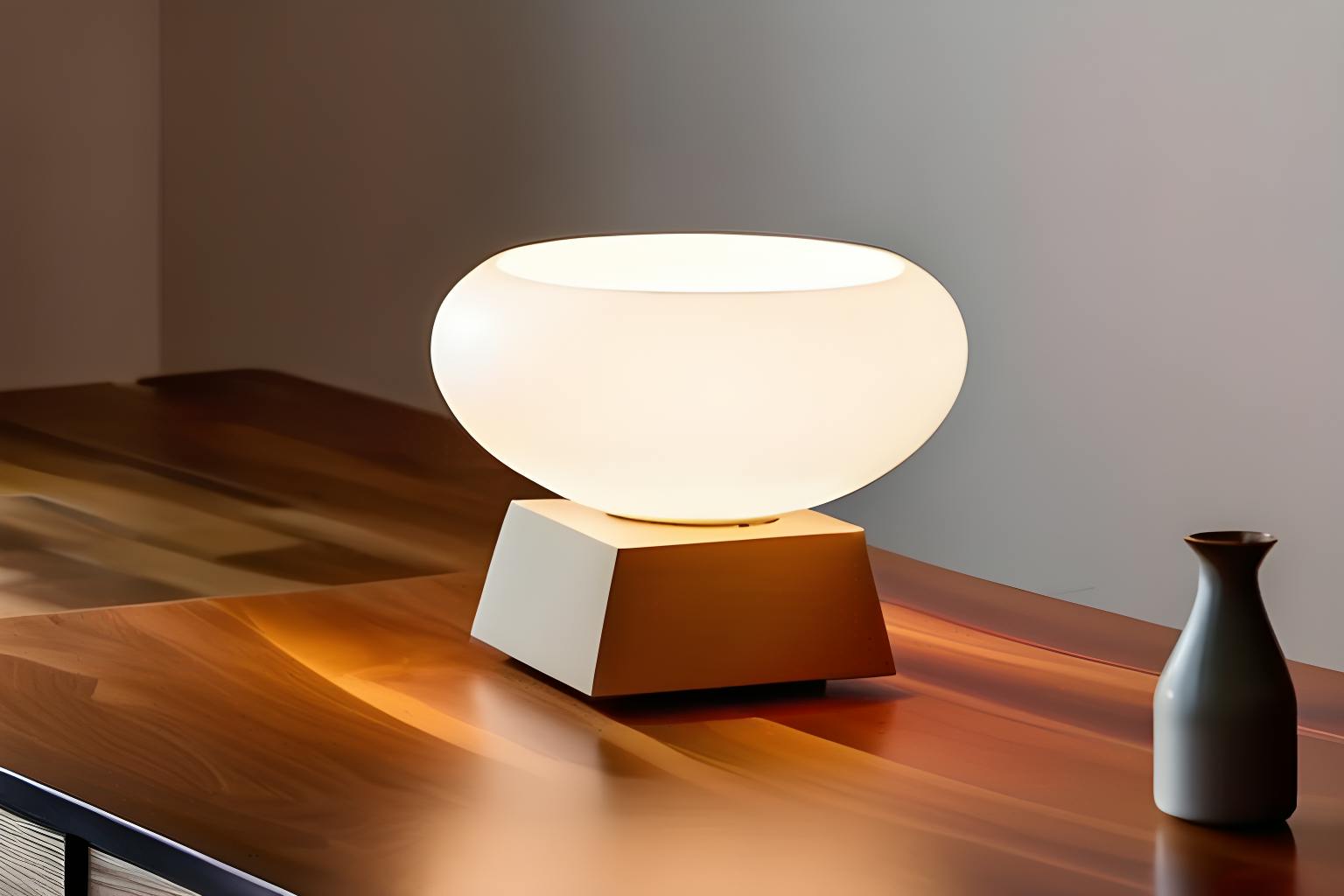Mazer v. Stein, 347 U.S Court Filing, retrieved on September 27, 2023, is part of HackerNoon’s Legal PDF Series. You can jump to any part in this filing here. This part is 3 of 3.
Opinion of DOUGLAS, J
Opinion of MR. JUSTICE DOUGLAS, in which MR. JUSTICE BLACK concurs.
An important constitutional question underlies this case-a question which was stirred on oral argument but not treated in the briefs. It is whether these statuettes of dancing figures may be copyrighted. Congress has provided that "works of art," "models or designs for works of art," and "reproductions of a work of art" may be copyrighted (17 U. S. C. § 5); and the Court holds that these statuettes are included in the words "works of art." But may statuettes be granted the monopoly of the copyright?
Article I, § 8 of the Constitution grants Congress the power "To promote the Progress of Science and Useful Arts, 1y securing for limited Times to Authors . . . the exclusive Right to their respective Writings .. " The power is thus circumscribed: it allows a monopoly to be granted only to "authors" for their "writings." Is a sculptor an "author" and is his statue a "writing" within the meaning of the Constitution? We have never decided the question.
Burrow-Giles Lithographic Co. v. Sarony, 111 U. S. 53, held that a photograph could be copyrighted.
Bleistein v. Donaldson Lithographing Co., 188 U. S. 239, held that chromolithographs to be used as adverti§ements for a circus were "pictorial illustrations" within the meaning of the copyright laws. Broad language was used in the latter case, ". . . a very modest grade of art has in it something irreducible, which is one man's alone. That something he may copyright unless there is a restriction in the* words of the act." 188 U. S., at 250. But the constitutional range of the meaning of "writings" in the field of art was not in issue either in the Bleistein case nor in Woolworth Co. v. Contemporary Arts, 344 U. S. 228, recently here on a writ of certiorari limited to a question of damages:
At times the Court has on its own initiative considered and decided constitutional issues not raised, argued, or briefed by the parties. Such, for example, was the case of Continental Bank v. Rock Island R. Co., 294 U. S. 648, 667, in which the Court decided the constitutionality of § 77 of the Bankruptcy Act though the question was not noticed by any party. We could do the same here and decide the question here and now. This case, however, is not a pressing one, there being no urgency for a decision. Moreover the constitutional materials are quite meager (see Fenning, The Origin of the Patent and Copyright Clause of the Constitution,, 17 Geo. L. J. 109 (1929)); and much research is needed.
The interests involved in the category of "works of art," as used in the copyright law, are considerable. The Copyright Office has supplied us with a long list of such articles which have been copyrighted-statuettes, book ends, clocks, lamps, door knockers, candlesticks, inkstands, chandeliers, piggy banks, sundials, salt and pepper shakers, fish bowls, casseroles, and ash trays. Perhaps these are all "writings" in the constitutional sense. But to me, at least, they are not obviously so. It is time that we came to the problem full face. I would accordingly put the case down for reargument.
About HackerNoon Legal PDF Series: We bring you the most important technical and insightful public domain court case filings.
This court case No. 228 retrieved on September 27, 2023, from tile.loc.gov is part of the public domain. The court-created documents are works of the federal government, and under copyright law, are automatically placed in the public domain and may be shared without legal restriction.

